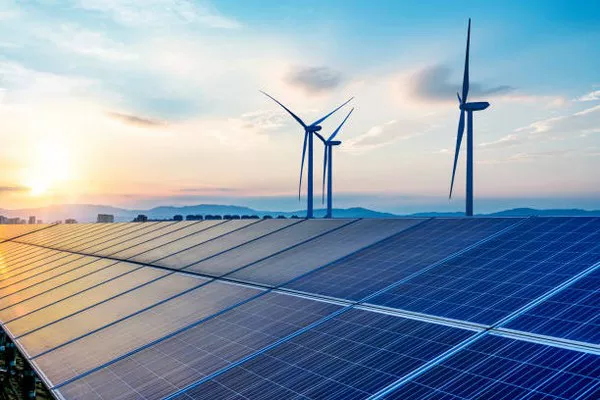This summer, Tesla’s Powerwall system played a crucial role in managing California’s energy grid during an intense heatwave. Thousands of Powerwall units were activated to meet peak demand amid sweltering temperatures, delivering over 100 MW of power on consecutive nights in July.
Tesla’s Virtual Power Plant
The Tesla Powerwall is a residential solar and battery storage system designed to integrate with Tesla’s Solar Roof or other photovoltaic (PV) systems. It stores excess energy for backup power, load shifting, or off-grid use. During peak demand events, such as heatwaves, users can discharge stored energy through Tesla’s Virtual Power Plant (VPP) program.
Earlier this year, Tesla mobilized its VPP to support the grid during peak hours (4 to 9 p.m.) from May to October. The VPP program is activated when wholesale electricity prices exceed $200 per MWh. In a recent VPP event, over 34,000 Powerwall devices provided distributed solar power to California’s grid.
California’s Energy Challenges
California’s energy landscape is influenced by significant seasonal fluctuations. Summer increases demand for cooling, while the availability of renewable energy sources—primarily hydropower and wind—tends to decrease. Hydropower relies on spring snowmelt, which diminishes as summer progresses, and wind power is less consistent during the warmer months. Although solar energy potential increases with extended daylight in summer, Alaska’s high latitude results in lower solar output compared to more temperate regions.
To address these fluctuations, robust energy storage solutions are essential. California’s battery storage capacity has surged by 1,020% since 2020, helping to manage the variability of solar and wind energy. Last April, daily battery storage discharge exceeded 6 GW, proving invaluable during periods of high demand.
Impact of Powerwall During the Heatwave
Tesla’s Powerwall systems helped stabilize the grid during July’s extreme temperatures, which saw Palm Springs reach a record 124°F and Death Valley approach 129°F. According to data from the California Independent System Operator (CAISO), battery discharge levels have been rising steadily, reaching a record 7.7 GW on June 19. This increased capacity was instrumental in meeting peak demand, which exceeded 43 GW on July 11, without causing power disruptions.
Expansion of Energy Storage
Tesla’s energy storage solutions, including the Megapack and Powerwall, saw record deployments in Q2, reaching 9.4 GWh. Last year, total energy storage deployment increased by 125% to 14.7 GWh. The introduction of Tesla’s next-generation Powerwall 3, which features a 13.5 kWh capacity and 11.5 kW of continuous power, further enhances its market position. The Powerwall 3’s integrated inverter operates efficiently across a broad temperature range and includes advanced features for optimal solar energy conversion.
Nationwide VPP Expansion
Tesla’s VPP model is expanding across the U.S. and beyond. In Texas, utility officials approved Tesla’s VPP last year, and during Hurricane Beryl, 7,000 Powerwall owners provided over 200,000 hours of backup power. Tesla has also launched VPP initiatives in Maine, broadening the reach of its distributed energy resources.
Tesla’s Powerwall and VPP programs are playing a pivotal role in addressing energy challenges and supporting grid stability, showcasing the potential of distributed energy storage in managing peak demand and enhancing grid resilience.

